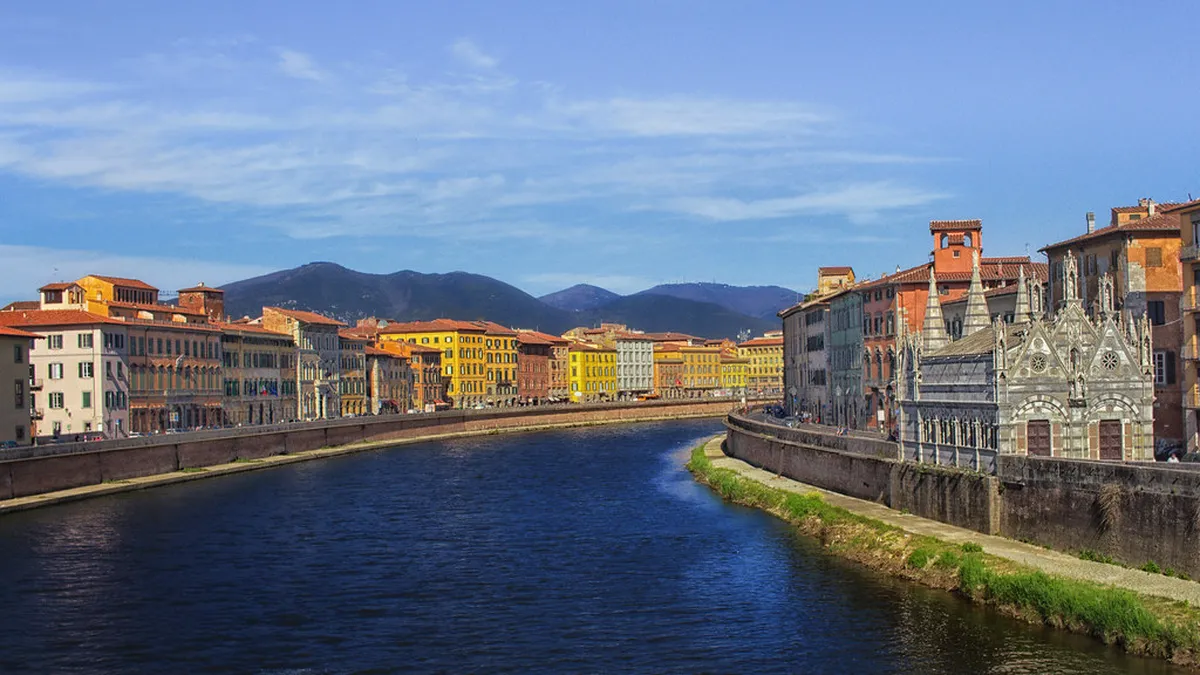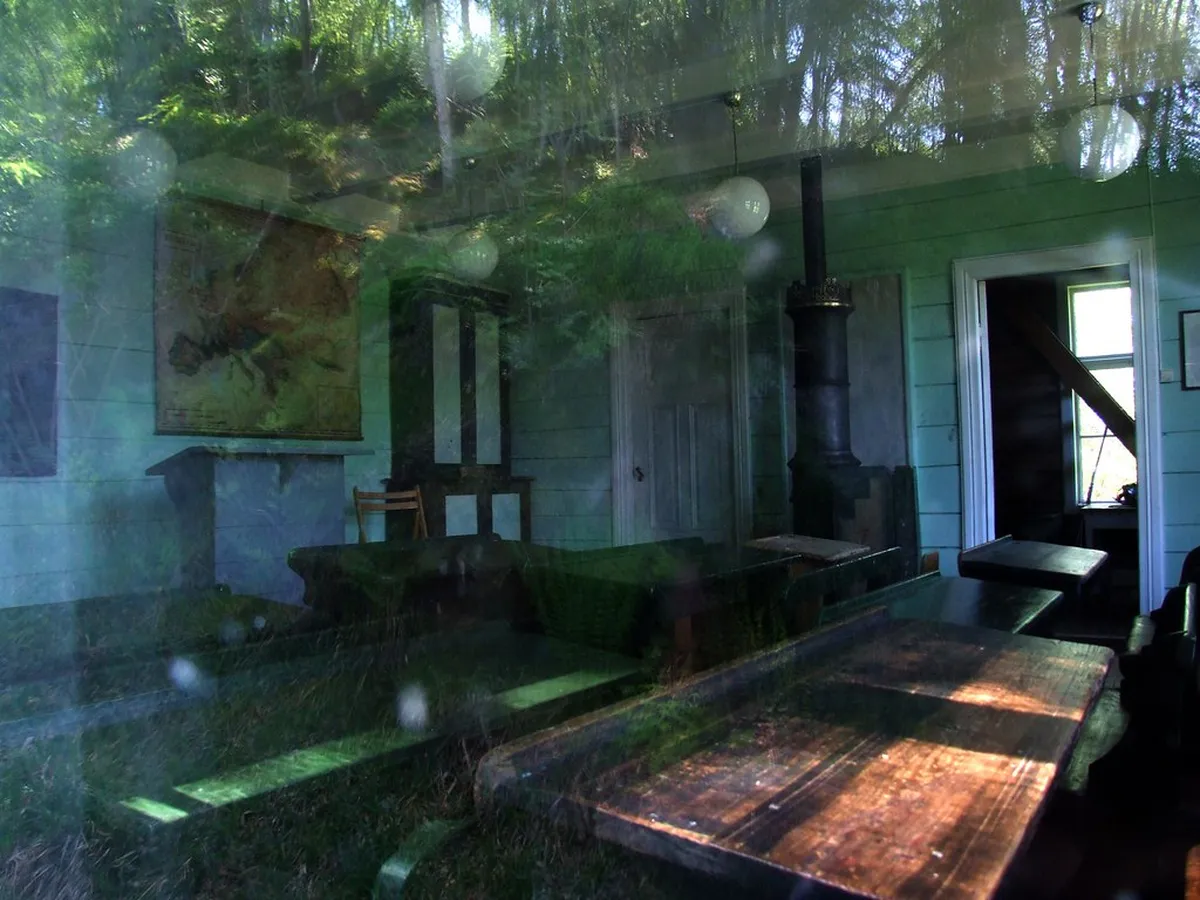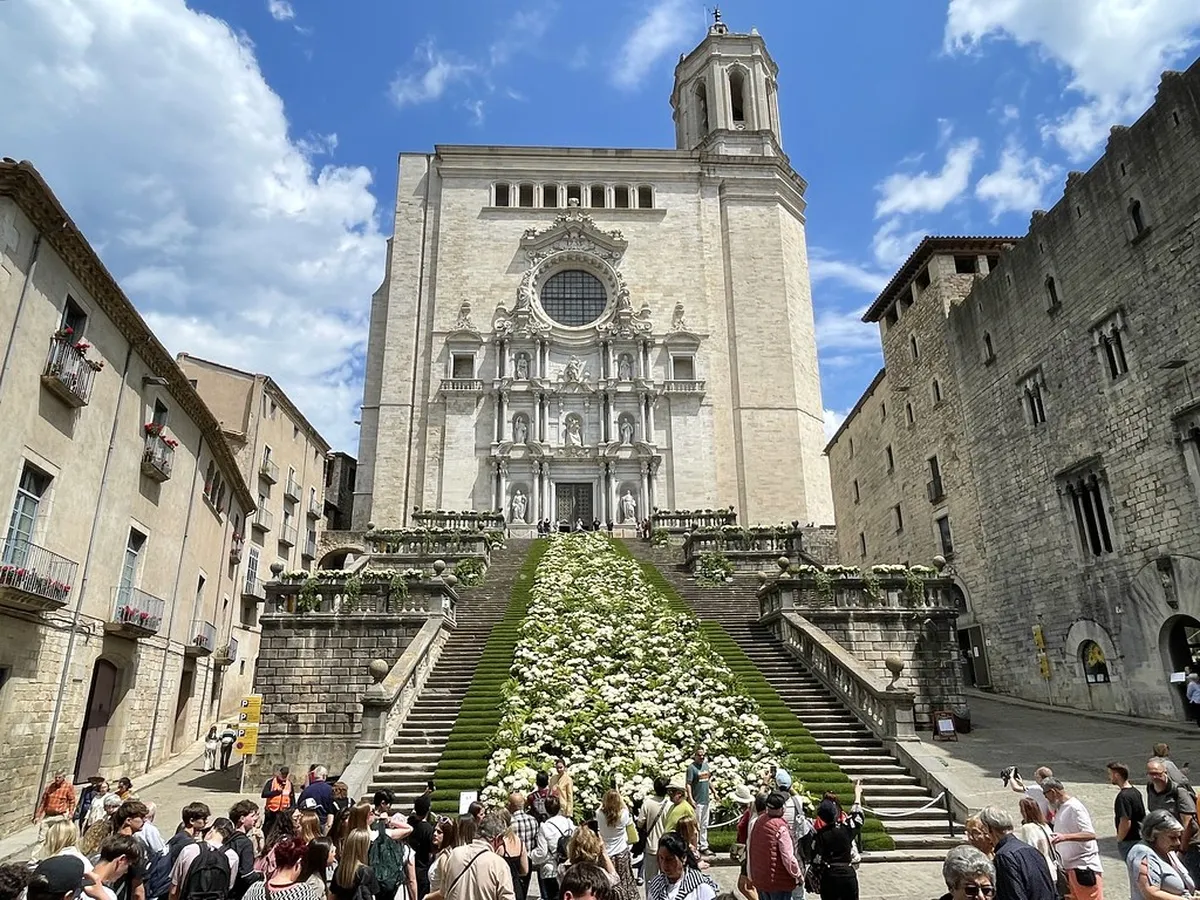Tokyo Neighborhoods Guide: Where to Stay and Explore in 2025
Tokyo isn't a single, homogeneous city but rather a fascinating mosaic of distinct neighborhoods, each with its own unique character, attractions, and atmosphere. Understanding these diverse districts is key to planning your Tokyo experience, whether you're deciding where to stay, eat, shop, or explore. Our comprehensive guide breaks down Tokyo's most notable neighborhoods, helping you navigate this complex metropolis based on your travel style, interests, and budget. Find the best shopping experiences with our Tokyo shopping guide.

Key Takeaways
Plan this trip faster with our free online itinerary maker. Get a personalized day-by-day plan in minutes.
- Shinjuku offers the perfect balance of accommodation options, shopping, dining, and nightlife
- Asakusa provides a glimpse into traditional Tokyo with historic temples and charming streets
- Shibuya attracts trend-seekers with its youth culture, fashion boutiques, and vibrant energy
- Ginza presents an upscale experience with luxury shopping and fine dining opportunities
- Roppongi caters to international visitors with its cosmopolitan atmosphere and nightlife
- Akihabara delivers technology and anime culture with its electric town atmosphere
- Quieter neighborhoods like Yanaka and Koenji offer authentic local experiences away from tourist crowds
Ready to explore Tokyo?
- Tokyo Itinerary 4 Days: Your 2023 Guide - Map out your exploration
- Tokyo Itinerary 5 Days: Visa & Trip Planning - Create your ideal travel schedule
- Tokyo to Mt Fuji Day Trip by Train: Your Guide - See it all with our guide
Shinjuku: The City That Never Sleeps
Shinjuku embodies Tokyo's dynamic energy with its skyscrapers, neon lights, and round-the-clock activity. This bustling district serves as both a major transportation hub and commercial center, making it an excellent base for exploring the city. Arrange your visit using our Tokyo itinerary. Find the best shopping experiences with our Tokyo shopping guide.
What to Experience
The Tokyo Metropolitan Government Building offers free observation decks with panoramic city views extending to Mount Fuji on clear days. Kabukicho, Japan's largest entertainment and red-light district, comes alive after dark with its countless restaurants, bars, and pachinko parlors. For a peaceful contrast, Shinjuku Gyoen National Garden provides a tranquil oasis with meticulously landscaped Japanese, English, and French gardens. Build your perfect itinerary with our Tokyo itinerary. Enhance your Tokyo experience with our Tokyo itinerary.
Shopping options range from massive department stores like Isetan to the electronics paradise of Bic Camera. Don't miss exploring the atmospheric Golden Gai, a network of narrow alleyways housing over 200 tiny bars, many seating fewer than 10 patrons. For literature enthusiasts, Kinokuniya bookstore offers an extensive English section alongside Japanese titles. Enhance your Tokyo experience with our Tokyo itinerary. Find the best shopping experiences with our Tokyo shopping guide.
Pro Tip: Navigate the notoriously complex Shinjuku Station (the world's busiest) by identifying your desired exit before entering. Look for color-coded signs and remember that the East and West sides offer completely different experiences—East for shopping and business, West for entertainment and nightlife. Organize your journey with our comprehensive Tokyo itinerary. Enhance your Beppu experience with our Beppu itinerary.
Where to Stay
Shinjuku offers accommodation for every budget. Luxury travelers appreciate the Park Hyatt Tokyo (featured in the film "Lost in Translation") and Hotel Century Southern Tower with its panoramic views. Mid-range options include the Shinjuku Granbell Hotel and the convenient JR Kyushu Hotel Blossom Shinjuku. Budget travelers can find good value at Hotel Gracery Shinjuku (recognizable by its Godzilla head) or UNPLAN Shinjuku hostel. Design your dream vacation using our Takayama itinerary. Enhance your Hiroshima experience with our Hiroshima itinerary.
For detailed itinerary suggestions incorporating Shinjuku, see our Tokyo Itinerary, which includes this vibrant district in its recommendations. Discover the best local cuisine with our Kagoshima food guide.
Resources to make your Tokyo trip complete
- Tokyo Itinerary with Toddler: Family Fun Guide - Make the most of your time
- Your Ultimate Japan Tokyo Itinerary: 10 Days - Create your ideal travel schedule
- Tokyo Transportation Guide: Navigating the City Like a Local in 2025 - Transport secrets
Asakusa: Traditional Tokyo
Asakusa preserves the atmosphere of old Tokyo, offering a glimpse into the city's past with its historic temples, traditional shops, and relaxed ambiance. This neighborhood provides a satisfying contrast to Tokyo's ultramodern districts. Enhance your Naha experience with our Naha itinerary. Discover the best local cuisine with our Tokyo food guide.
What to Experience
The magnificent Senso-ji Temple, Tokyo's oldest Buddhist temple, serves as Asakusa's centerpiece. Approach through the dramatic Kaminarimon Gate with its massive red lantern, then stroll along Nakamise Shopping Street, a 250-meter pedestrian path lined with traditional food and craft vendors leading to the temple. Here you'll find everything from traditional Japanese sweets to folding fans and yukata. Plan your journey with our Itinerary Maker.
The Sumida River borders Asakusa, offering pleasant riverside walks and boat cruises. The area's numerous rickshaw drivers provide both transportation and informative tours of the historic district. For panoramic views, visit the distinctive golden Asahi Beer Hall (locally nicknamed "the golden flame" or "the golden turd") designed by Philippe Starck.

Where to Stay
Asakusa's accommodations often incorporate traditional elements while providing modern comforts. Experience Japanese hospitality at Ryokan Asakusa Shigetsu or Sukeroku no Yado Sadachiyo, traditional inns with tatami mat rooms and futon bedding. Modern options include The Gate Hotel Asakusa Kaminarimon with its rooftop terrace overlooking Senso-ji and Wired Hotel Asakusa, a boutique property with stylish design elements.
Budget travelers appreciate Khaosan World Asakusa Hostel and Nui Hostel & Bar Lounge, both offering dormitory and private rooms with community atmospheres. For families, the apartment-style Mimaru Tokyo Asakusa provides kitchen facilities and extra space.
Resources to complement your Tokyo adventure
- Tokyo Street Food Guide: 20 Snacks You Can't Miss - Top eats in Tokyo
- Tokyo Itinerary 5 Days: Your Ultimate Guide - Start your adventure right
- Bullet Train Japan Travel Times: Your Shinkansen Guide - Design your dream vacation
Shibuya: Youth Culture and Fashion
⭐ Recommendation: Don't miss out on amazing Tokyo tours - book now!
Shibuya epitomizes Tokyo's youthful energy, cutting-edge fashion, and pop culture. This vibrant district centers around the famous Shibuya Crossing, where up to 3,000 pedestrians traverse the intersection during each light change, creating a mesmerizing urban spectacle.
What to Experience
The Shibuya Scramble Crossing demands both participation and observation—cross with the crowds, then watch the organized chaos from above at the Starbucks overlooking the intersection or the newer Shibuya Scramble Square observation deck. Nearby, the loyal Hachiko Statue commemorates Japan's most faithful dog and serves as a popular meeting point.
Fashion enthusiasts should explore the trendy boutiques along Center Gai and the youthful Shibuya 109 department store, a multi-floor fashion mecca primarily targeting young women. For cutting-edge brands and higher-end shopping, venture to nearby Daikanyama, a sophisticated enclave with chic boutiques and stylish cafés.
Music lovers gravitate to Tower Records, a multi-floor music shop that thrives despite the digital music era, while clubbers enjoy venues like Womb and Sound Museum Vision. During the day, Yoyogi Park offers green space for relaxation and people-watching, particularly on Sundays when cosplayers and performers gather.
Where to Stay
Shibuya's accommodations cater to style-conscious travelers. The Cerulean Tower Tokyu Hotel offers luxury with panoramic city views, while Shibuya Stream Excel Hotel Tokyu provides contemporary comfort in a convenient location. Budget-friendly options include Mustard Hotel Shibuya with its minimalist design aesthetic and The Millennials Shibuya, a modern capsule hotel with smart technology features.
Ginza: Luxury and Sophistication
Ginza represents Tokyo's most glamorous face, with broad, tree-lined avenues hosting flagship luxury brands, exclusive department stores, and refined dining establishments. This upscale district transforms from a business center by day to a sophisticated entertainment district by night.
What to Experience
The main Chuo Dori avenue becomes a pedestrian paradise on weekend afternoons, when the street closes to traffic. Legendary department stores Mitsukoshi and Wako (recognizable by its iconic clock tower) offer premium shopping experiences with exceptional service, while virtually every luxury brand maintains a flagship store in the district.
Beyond shopping, Ginza offers significant cultural attractions including the Kabuki-za Theatre, where visitors can experience traditional kabuki performances (single-act tickets available for those not committing to full performances). The district's art scene thrives with numerous galleries like Creation Gallery G8 and the contemporary Shiseido Gallery.
Culinary experiences range from exclusive sushi establishments like Sushi Yoshitake to the basement food halls (depachika) of department stores, showcasing exquisite food artistry. For a uniquely Tokyo experience, visit Ginza Sony Park, an innovative public space with rotating exhibitions and events.
Where to Stay
Ginza's accommodations trend toward luxury, including the exquisite Peninsula Tokyo and the sophisticated Hyatt Centric Ginza Tokyo. Mid-range options include the conveniently located Solaria Nishitetsu Hotel Ginza and the stylish MUJI Hotel Ginza, incorporating the minimalist aesthetic of the popular lifestyle brand. For budget-conscious travelers, Hotel Unizo Ginza offers compact but efficient rooms near major attractions.
Roppongi: International and Nightlife
Roppongi blends cosmopolitan energy, contemporary art, and vibrant nightlife, making it particularly popular with Tokyo's international community. Once primarily known for its clubs and bars, the district has evolved to include world-class museums, upscale dining, and luxury residences.
What to Experience
The Roppongi Hills complex represents modern urban development at its finest, featuring the Mori Tower with its Mori Art Museum and Tokyo City View observation deck. Nearby, Tokyo Midtown houses design-focused shops, the Suntory Museum of Art, and the 21_21 Design Sight museum founded by designer Issey Miyake.
For contemporary art enthusiasts, the National Art Center Tokyo presents rotating exhibitions in an architectural masterpiece designed by Kisho Kurokawa. After dark, Roppongi transforms with its diverse nightlife options, ranging from sophisticated cocktail bars like The SG Club to energetic nightclubs throughout the district.
Where to Stay
Roppongi accommodations generally cater to international travelers and business visitors. Luxury options include the Grand Hyatt Tokyo within Roppongi Hills and the sophisticated Roppongi Hotel S. For extended stays, Oakwood Premier Tokyo Midtown offers serviced apartments with hotel amenities, while remm Roppongi provides comfortable, well-designed rooms at more moderate rates.
Akihabara: Electric Town and Otaku Culture
Akihabara (commonly called "Akiba") evolved from an electronics marketplace to the epicenter of anime, manga, and gaming culture in Tokyo. This sensory-overloading district attracts technology enthusiasts and pop culture fans with its distinctive atmosphere.
What to Experience
Electronics stores remain a significant draw, from massive retailers like Yodobashi Camera to specialized shops selling components, vintage electronics, and cutting-edge gadgets. The Radio Kaikan building houses multiple floors of toys, models, and collectibles popular with enthusiasts.
Maid cafés represent Akihabara's quirky side, with costumed staff members who treat customers as "masters" or "mistresses" returning home. For anime and manga fans, multi-story shops like Animate and Mandarake offer comprehensive selections of merchandise, while Super Potato specializes in retro video games spanning multiple console generations.
The district's transformation continues with additions like 2k540 Aki-Oka Artisan, a creative complex under the train tracks featuring artisanal workshops and boutiques. For a cultural perspective on gaming, visit the Tokyo Video Game Museum showcasing the evolution of Japan's influential gaming industry.
Where to Stay
Akihabara's accommodations often incorporate tech-friendly features and pop culture themes. The Remm Akihabara provides contemporary rooms with massage chairs, while Hotel Mystays Ochanomizu offers comfortable accommodations near both Akihabara and university areas. Budget travelers appreciate Grids Akihabara hostel and First Cabin Akihabara, an upscale capsule hotel concept.
Off-the-Beaten Path: Authentic Local Neighborhoods
For travelers seeking experiences beyond Tokyo's major tourist districts, these authentic neighborhoods offer distinctive character and local flavor.
Yanaka: Old Tokyo Preserved
Yanaka miracuously survived the bombings of WWII and the Great Kanto Earthquake, preserving its pre-war atmosphere with traditional wooden houses, temples, and artisan workshops. The charming Yanaka Ginza shopping street offers local foods and crafts, while the area's numerous temples create a peaceful atmosphere. The district has become known for its population of stray cats, celebrated with cat-themed shops and cafés along Yomise-dori street.
Stay at the traditional Ryokan Sawanoya for an authentic experience in this historic area, which offers easy access to nearby Ueno Park and its museums.
Shimokitazawa: Bohemian Enclave
Shimokitazawa (or "Shimokita") attracts creative types with its bohemian atmosphere, vintage clothing stores, independent boutiques, and vibrant local music scene. The pedestrian-friendly streets house numerous live music venues, theaters, and cozy cafés. Particularly notable are the district's vintage and secondhand clothing shops, offering unique fashion finds at reasonable prices.
Pro Tip: Visit Shimokitazawa on the 5th, 15th, and 25th of each month when the local Shirohata Shopping Street hosts a small but excellent flea market with antiques and vintage items.
Koenji: Counterculture and Music
Koenji established itself as a countercultural hub with its thriving underground music scene, vintage shops, and artistic community. The narrow streets around the station house countless small live music venues, particularly for punk and indie performances. The district also features exceptional vintage clothing stores and secondhand record shops where music enthusiasts hunt for rare vinyl.
Every August, Koenji hosts the spectacular Awa Odori Festival, where thousands of dancers perform traditional choreography through the streets, creating one of Tokyo's most energetic summer events.
Nakameguro: Riverside Sophistication
Nakameguro centers around the picturesque Meguro River, lined with cherry trees that create one of Tokyo's most photogenic cherry blossom viewing spots in spring. Throughout the year, the riverside hosts boutique shops, stylish cafés, and independent galleries. The area's low-rise buildings and relaxed atmosphere make it perfect for leisurely exploration.
Design enthusiasts appreciate the district's numerous concept shops and interior design stores, while culinary explorers enjoy its diverse dining scene ranging from traditional Japanese to innovative fusion restaurants.

Choosing the Right Neighborhood for Your Stay
Selecting your Tokyo base depends on your travel priorities and style. Consider these factors when making your decision:
| Traveler Type | Recommended Districts | Why It Works |
|---|---|---|
| First-time visitors | Shinjuku, Shibuya | Central location, excellent transportation connections, diverse attractions |
| Culture enthusiasts | Asakusa, Ueno, Yanaka | Historic sites, museums, traditional architecture |
| Luxury travelers | Ginza, Roppongi | High-end shopping, fine dining, premium accommodations |
| Budget travelers | Asakusa, Koenji, Ikebukuro | More affordable accommodations, reasonable dining options |
| Nightlife seekers | Shibuya, Shinjuku, Roppongi | Diverse entertainment options, late-night transportation |
| Families | Odaiba, Ikebukuro, Tokyo Bay | Family-friendly attractions, open spaces, larger accommodations |
| Pop culture fans | Akihabara, Ikebukuro, Nakano | Anime, manga, and gaming shops; pop culture attractions |
When deciding between neighborhoods, also consider:
- Transportation access: Areas on the Yamanote Line (Tokyo's circular railway) offer convenient connections to major attractions
- Budget considerations: Central districts generally command higher accommodation prices than peripheral areas
- Noise sensitivity: Entertainment districts like Shinjuku and Shibuya can be noisy into the night
- Authentic experiences: Less touristy neighborhoods provide deeper cultural immersion but may present language barriers
For comprehensive itinerary planning that incorporates multiple Tokyo neighborhoods, consult our Tokyo Itinerary Guide, which suggests efficient routes connecting major districts.
Day Trip Neighborhoods Beyond Central Tokyo
While technically within Tokyo Prefecture, these more distant neighborhoods offer distinctive experiences worth a dedicated day trip or even an overnight stay.
Mitaka: Studio Ghibli and Peaceful Gardens
Western Tokyo's Mitaka hosts the renowned Ghibli Museum, celebrating the works of animation studio Studio Ghibli and director Hayao Miyazaki. The museum requires advance tickets (often booking out months ahead) but rewards visitors with magical interactive exhibits, exclusive short films, and meticulous attention to detail. Nearby, the Inokashira Park offers wooded walking paths, a peaceful pond with rowboats, and frequent weekend performances by street musicians and artists.
Kichijoji: Lively Local Atmosphere
Adjacent to Mitaka, Kichijoji consistently ranks among Tokyo's most desirable residential neighborhoods for its balance of green space, shopping, dining, and convenient transportation. The charming Sun Road Shopping Street and Harmonica Yokocho alley of tiny bars and eateries provide authentic local experiences, while the neighborhood's numerous vintage shops offer unique finds. The area combines urban convenience with a more relaxed pace than central Tokyo districts.
Odaiba: Futuristic Entertainment Island
Odaiba, a manufactured island in Tokyo Bay, embraces futuristic architecture and family-friendly entertainment. Major attractions include TeamLab Borderless digital art museum, the Miraikan science museum, and Joypolis indoor amusement park. The island also features distinctive landmarks like the Fuji TV Building with its observation sphere and a scale replica of the Statue of Liberty. The Palette Town complex includes shopping malls, gaming centers, and the Toyota showcase facility.
For families, Odaiba offers exceptional attractions, detailed in our Tokyo Family Travel Guide.
Frequently Asked Questions
Which Tokyo neighborhood is best for first-time visitors?
What's the best neighborhood for experiencing traditional Japanese culture?
Which areas of Tokyo are most budget-friendly?
Where should I stay in Tokyo for nightlife?
What's the safest neighborhood in Tokyo?
Which Tokyo neighborhood is best for families with children?
Tokyo's diverse neighborhoods each contribute to the city's rich tapestry, offering visitors distinctly different experiences depending on where they choose to explore. By understanding the character and highlights of each district, you can craft a Tokyo itinerary that aligns perfectly with your interests, whether you're seeking traditional culture, cutting-edge technology, fashion trends, culinary adventures, or artistic experiences.
For comprehensive planning assistance, explore our Tokyo Itinerary, which helps you connect these fascinating neighborhoods efficiently. Additionally, budget-conscious travelers should consult our Tokyo Budget Travel Guide for tips on exploring these neighborhoods economically.
Want to make the most of your Tokyo adventure?


